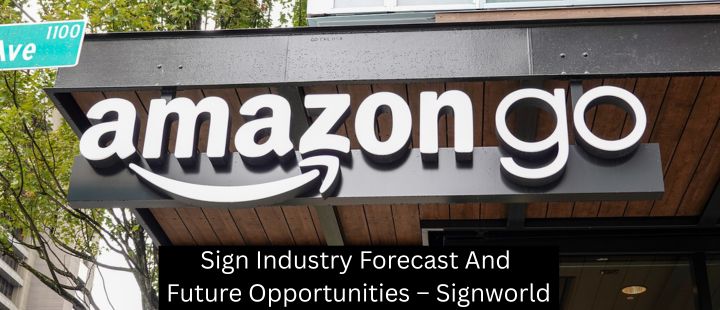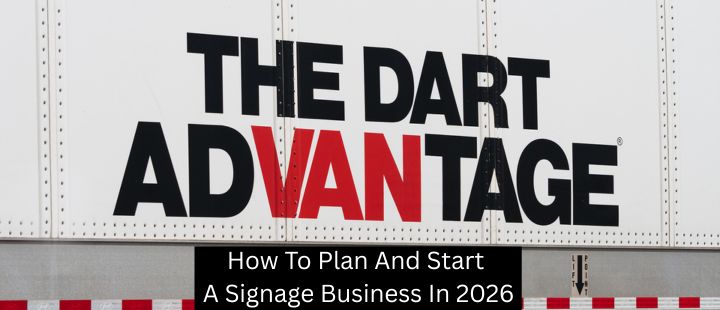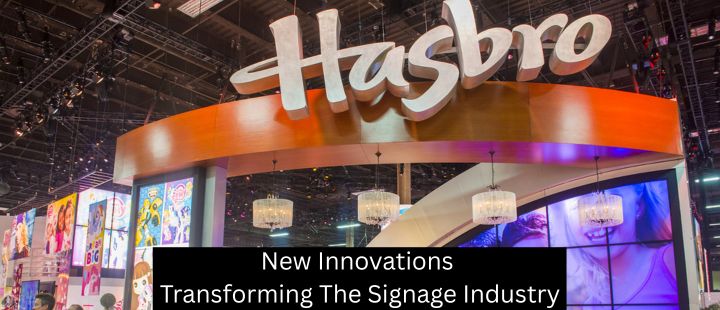Research has shown that physical, in-store signs pays off, but does their position matter?
In today’s post, the Signworld team weighs the value of point of sale (POS) signage. Read on to find out if POS signs really generate business boosts, and whether they’re right for you.
What is Point of Sale advertising?
Sometimes referred to as a “point of purchase” (POP) advertising, POS is a special kind of promotion that business owners deploy right near the register. POS advertising is popular in retail and restaurants alike, with brand-name chips, snacks, and beverages commonly being displayed next to the register.
Have you ever been idling in the checkout line at the grocery store and started scanning nearby signs to pass the time? That’s exactly where POS signage strikes, tempting last-second impulse buys with tantalizing photos displays or sale prices. And there’s a good chance you’ve added a lighter, pack of gum, or extra can of soda to your grocery haul because of it!
In addition to encouraging impulse buys, marketing theorists have suggested that POS advertising is particularly effective because of its passivity. Unlike a sales pitch that is actively delivered to any customer that strays close enough to the salesperson, POS advertising waits to be discovered. Once spotted, POS displays feel like hidden gems. Rather than being accosted by an unwanted pitch, the potential buyer feels like they’re in control, and gets the sense they’ve uncovered something valuable. All these factors are believed to influence a purchase better than standard discounting or sales pitches.
Though hand-painted signs and physical displays are still common, contemporary POS signage has gone digital. In fact, this new advertising technology has rapidly emerged as one of the hottest trends in in-store advertising. Moreover, because the table is considered a “point of sale” in the restaurant world, many business owners in this industry have begun to implement tabletop POS advertising by giving diners tablets or table-mounted touch displays to order from.
Does Point of Sale advertising really work?
One study by Woodside & Waddle (1975) sought to measure the impact of POS when compared to traditional discount promotions. In their study, an instant coffee display was placed near the register, where its effect on sales was monitored in contrast to a straight 20% price reduction on the rack (p. 30). To make the challenge more difficult (and, theoretically, to prove how powerful POS setups can be), the sign was deliberately made small at only 5” by 7”, and it was marked with crude hand-painted letters.
After monitoring the POS display for four weeks, Woodside and Waddle (1975) found that its impact was greater than a 20% price reduction “on the shelf.” This was quite significant because the POS signage did not offer any discounts. These findings are widely referenced by POS signage manufacturers for this reason.
More recently, Point of Purchase Advertising International (POPAI) studies found that convenience store POS displays boost sales by an average of 9.2%.
Ultimately, POS performance metrics are tough to quantify because so many unspoken and untraceable factors play into a purchase decision. This is especially true of impulse buys. That said, it is generally accepted that POS signage impacts sales.
Order your own POS sign – visit http://www.signworld.org to start the design process and find installation tips to get more bang for your buck!




